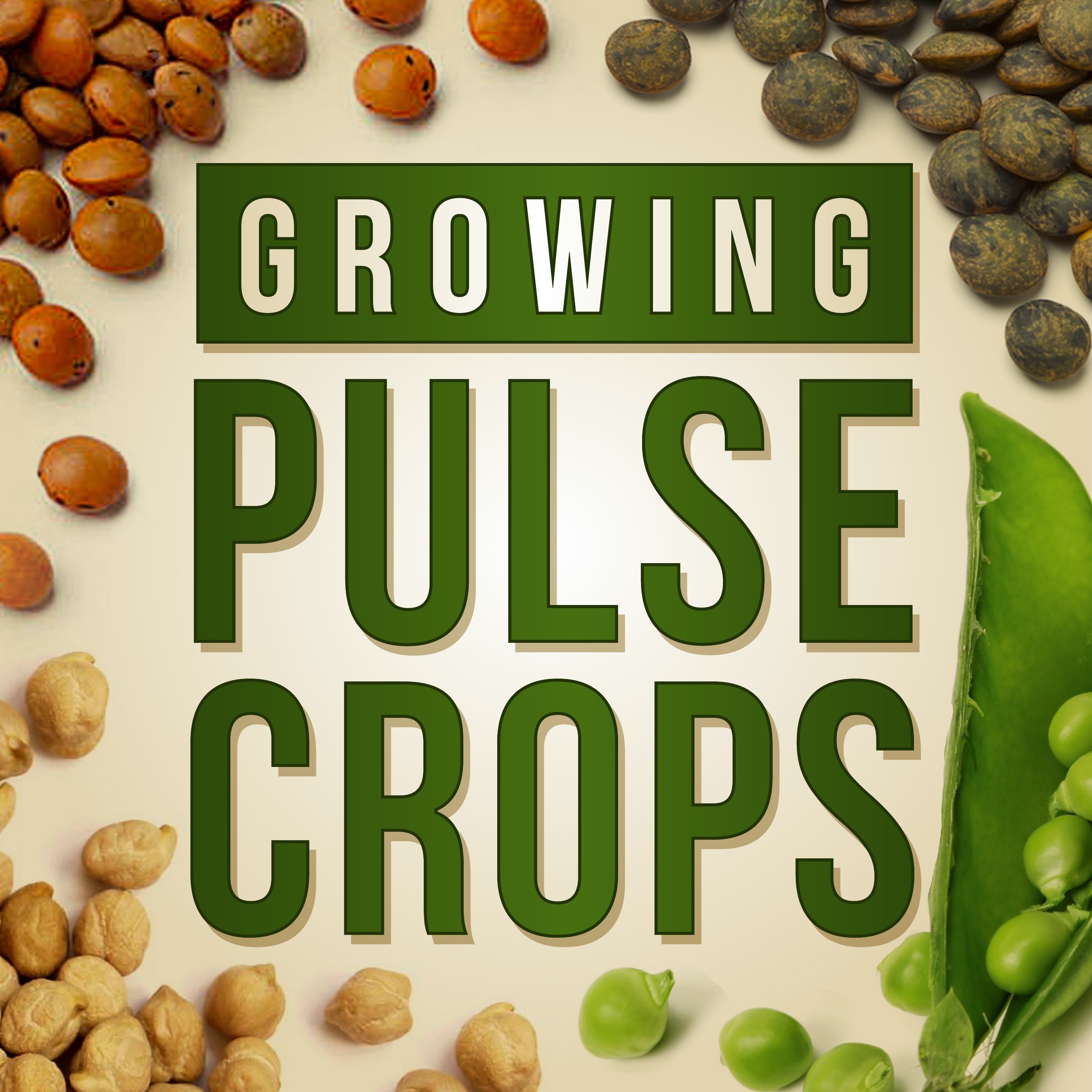Pulse Crop Breeding Program at Montana State University With Kevin McPhee, Ph.D.
Dr. Kevin McPhee is a pulse crop breeder at Montana State University. He’s been there for just over eight years after building a similar program in pulse crop breeding at North Dakota State University. Prior to that, he was working on pulse crops with the USDA ARS based in Pullman, Washington. Together we discuss the pulse crop breeding program in Montana, including their goals for the program in pea, chickpea and lentils. He describes varieties they’ve released and what’s in the pipeline that growers might want to know about for the future.
“ What really separates the winter peas from the spring peas and gives them the advantage is when we have a dry year and there isn't the in-season moisture rains for the spring crop. With the winter peas already in the ground…they don't have to worry about planting them in the spring. That's one big advantage. And then they can take advantage of all of the winter moisture that's in the soil and any of the spring rains that occur. They flower a month ahead of the spring types. So they're well on their way before we get into the heat of the summer and the potential dry conditions, and that's where they shine.” - Dr. Kevin McPhee
This Week on Growing Pulse Crops:
- Meet Dr. Kevin McPhee, a pulse crop breeder at Montana State University
- Discover new pulse crop varieties that are being introduced and the benefits they offer producers
- Explore major advantages offered by winter peas that may benefit producers looking to be more water efficient
Growing Pulse Crops is produced by Dr. Audrey Kalil and hosted by Tim Hammerich of the Future of Agriculture Podcast.

